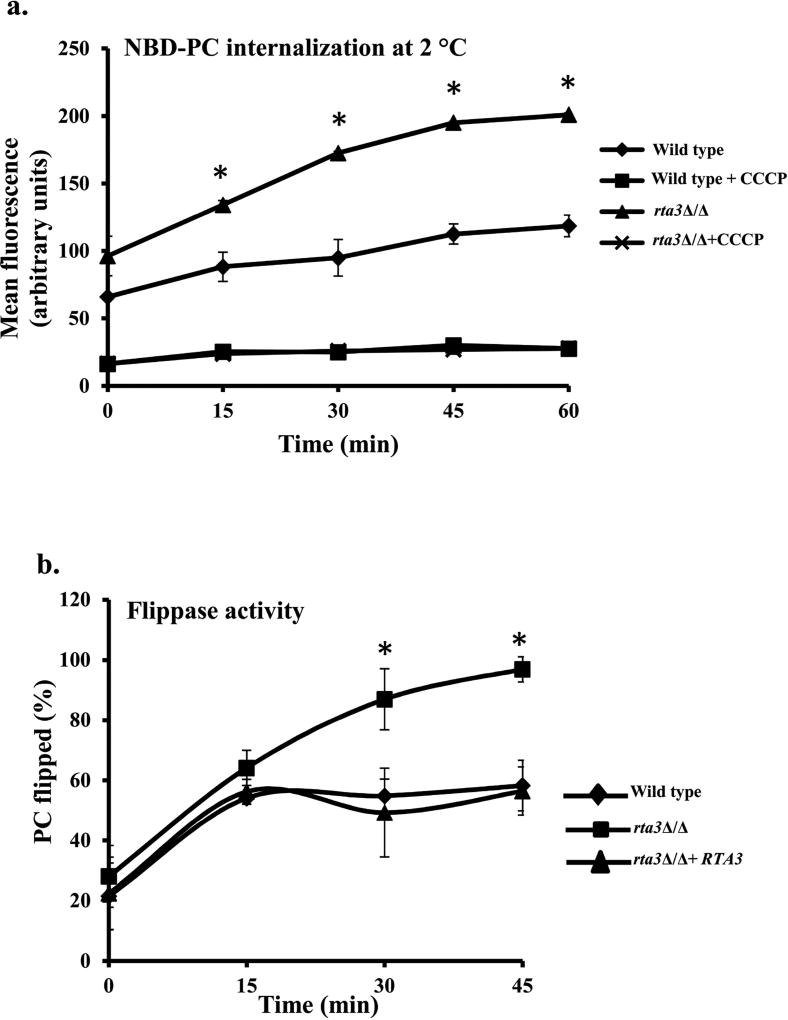FIGURE 3. Enhanced NBD-PC accumulation in rta3Δ/Δ is due to increased flippase activity.
(a) Cells untreated or treated with 50 µM CCCP were labelled at 2 °C with 2 µM NBD-PC. At the indicated time points, aliquots of cells were removed, washed with cold SC-azide and mean fluorescence intensity (MFI) of internalized NBD-PC was measured by flow cytometry. Values are the mean ±S.D. of four independent experiments. *P < 0.01, Student’s t-test, MFI of rta3Δ/Δ (triangular marker) is statistically significant compared to wild type (diamond marker). (b) Flippase activity was measured in indicated strains by using 2 µM NBD-PC and the impermeant quencher sodium dithionite (25 mM). At indicated times, MFI of NBD-PC in the presence or absence of dithionite was measured by flow cytometry. Percentage of internalized NBD-PC (or PC flipped in %) was represented as the normalized FD/Ftotal ratio. For 30 min and 45 min time points, % PC flipped in rta3Δ/Δ were found to be statistically significant compared to wild type (*P < 0.01, Student’s t-test).

